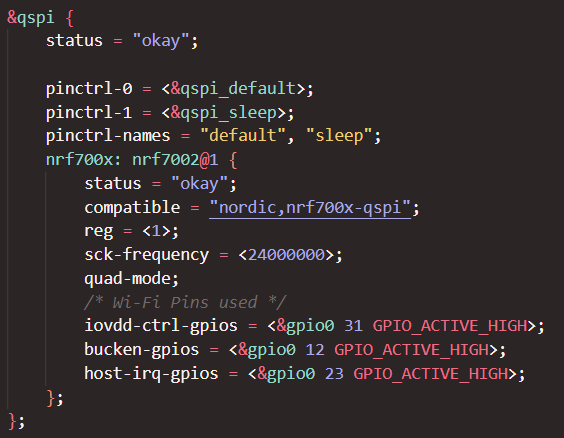Quick Question: Is the I2C logic level of the nRF7002DK 3.3V or 1.8V?
I have found this table in the nRF5340 specifications: https://infocenter.nordicsemi.com/index.jsp?topic=%2Fps_nrf5340%2Fgpio.html&cp=4_0_0_6_12_5_0&anchor=unique_1679281215
But am having trouble finding exactly what VDD is (and whether it's 3.3V or 1.8V) in the datasheet.
Thanks,
Michael




